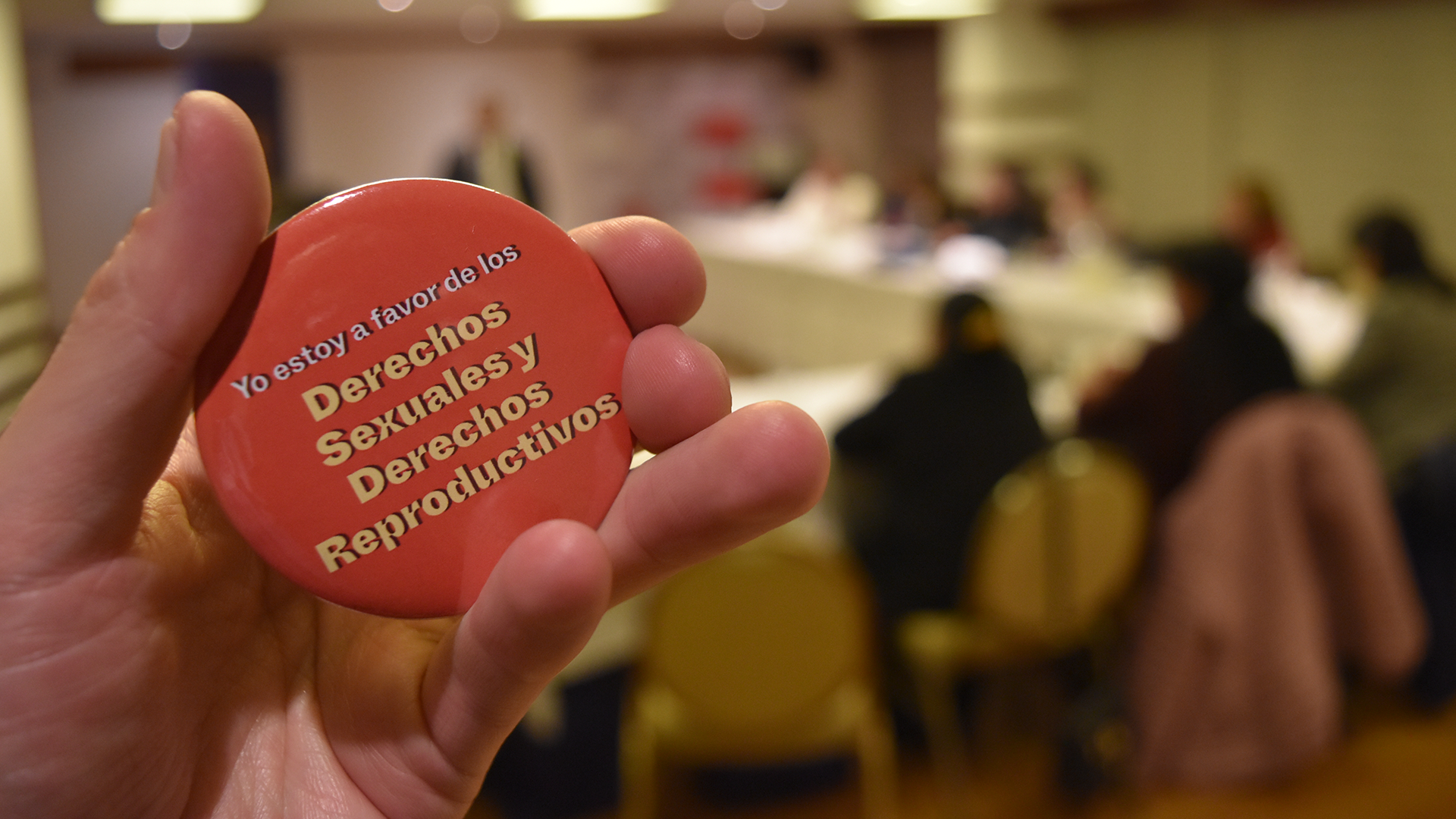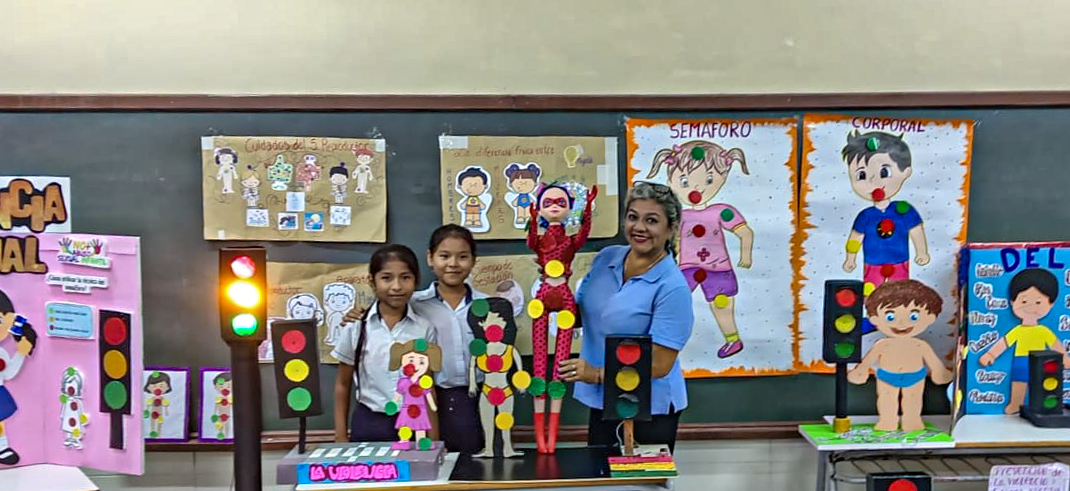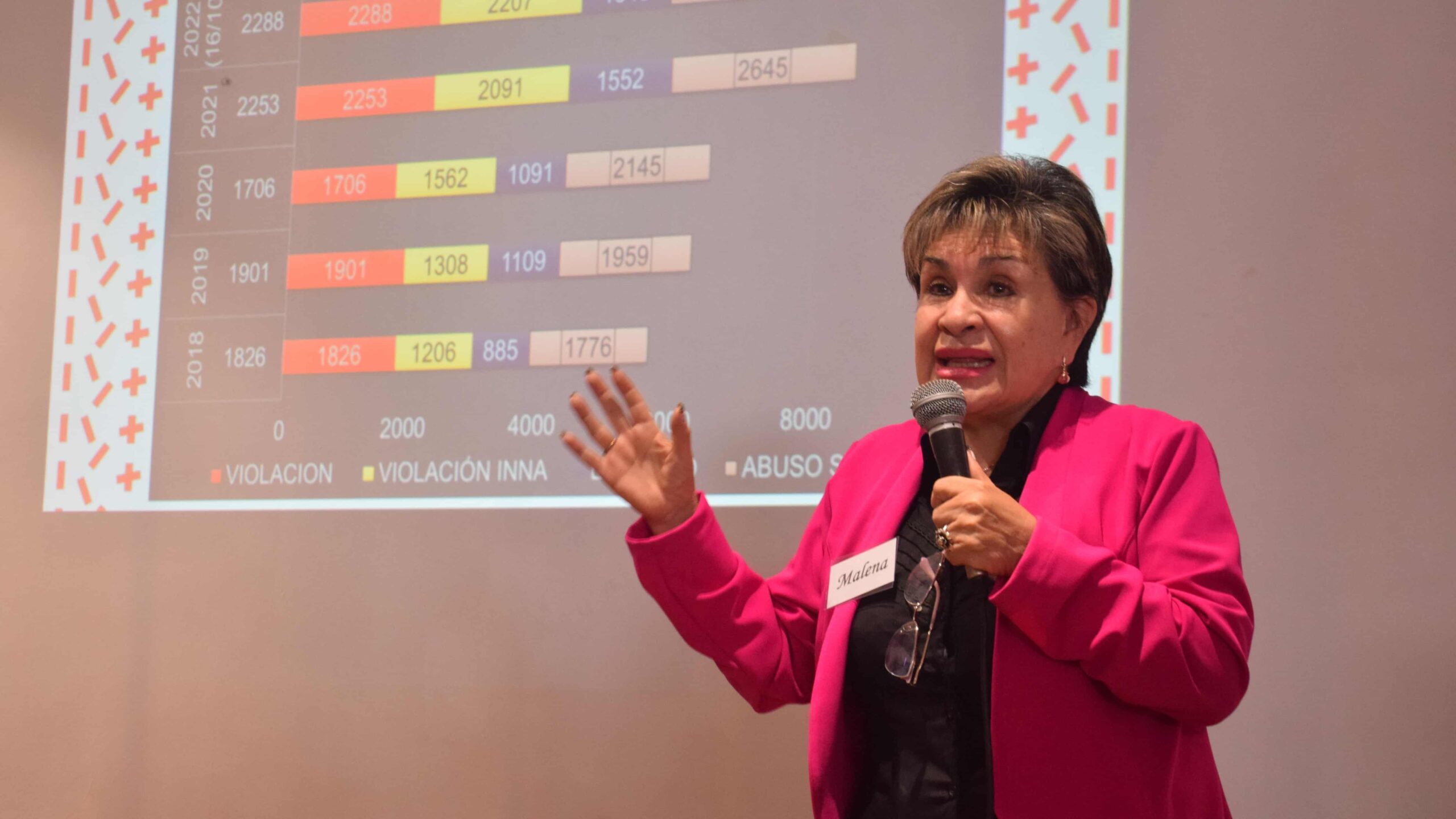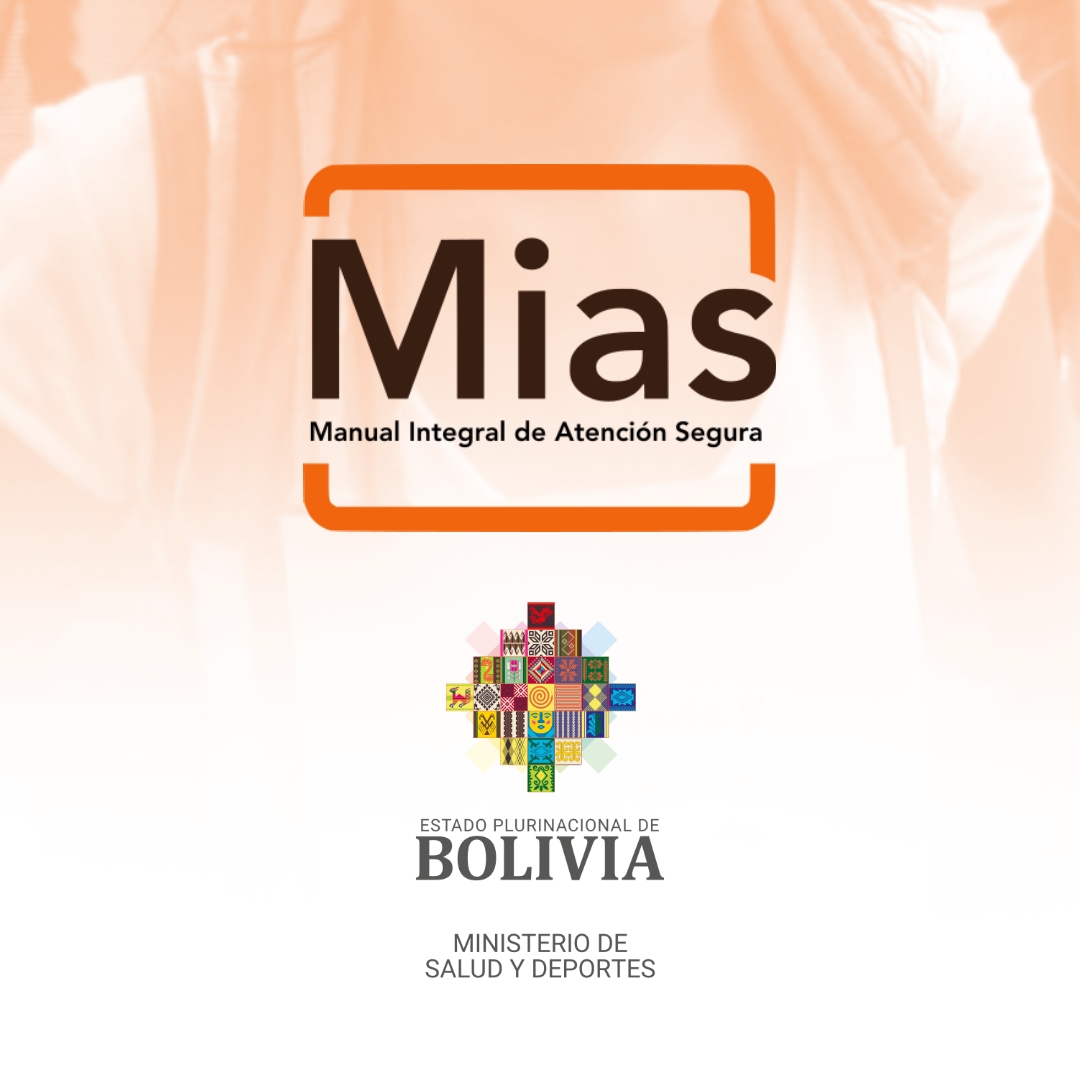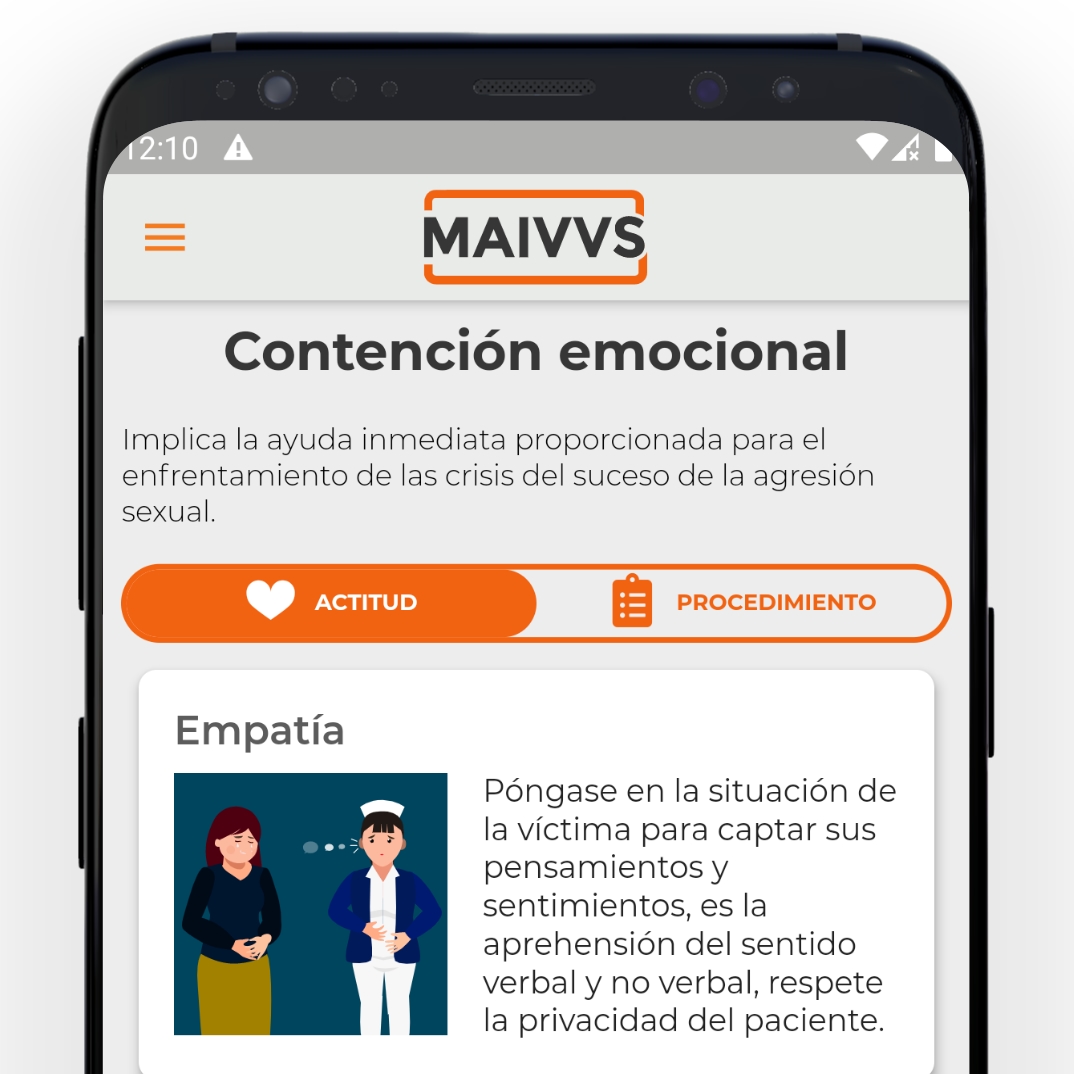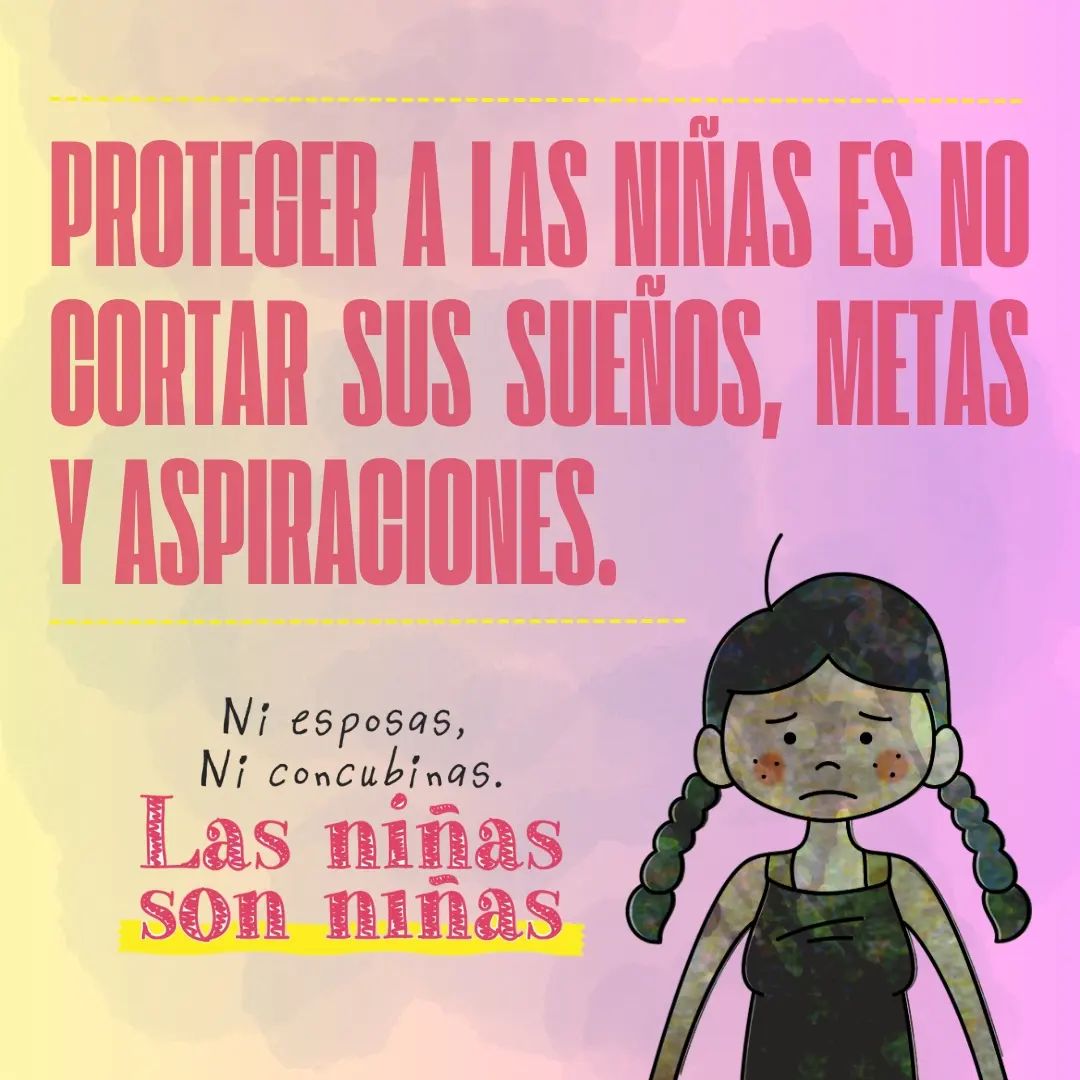Data from the Civic Registry Service(Serecí) reveal that in 12 years it legalized 11,297 unions of adolescents between 13 and 17 years of age. Of this total, 10,012 (89%) are female and 1,285 (11%) are male.
The highest rates of early marriages are found in the central axis of the country: Santa Cruz registered 2,748, followed by La Paz with 2,040 and Cochabamba, 1,705.
Potosí is the fourth region with more than a thousand teenage marriages in 12 years, 1,389 in total. It is followed by Beni with 745, Oruro with 464, Chuquisaca with 380, Tarija with 359 and Pando with 182.
The national director of the Serecí, Javier Hinojosa, explained to La Razón that the previous Family Code allowed the contracting parties to be 14 years old, in the case of women, and 16, in the case of men; however, in 2014, there were modifications to the norm and now those who are 16 years old can legally marry, but with the authorization of their parents.
He explained that there are exceptions in the case of minors under 13, 14 and 15 years of age who want to legalize their union. “According to the statistics we have in the Serecí, it can be noticed that most of the registrations are within those age ranges; however, there is the possibility that there is a minor under 14 years of age; if this is the case, a judicial authorization is needed,” the official pointed out.
Institutions that address the problem of adolescent marriage in the country affirm that the majority of cases before the age of 18 are forced, and attribute them to economic factors, early pregnancies, poverty and even sexual violence.
The Vice-Minister of Equal Opportunities, Nadia Cruz, pointed out that, in the case of Bolivia, “child marriage” or “early union” is registered in sectors or places where power relations are much more entrenched, where the situation of poverty or need, in many cases of families, generates an opportunity both for their daughters and for the family environment itself.
FORCED.
He regretted that parents from economically vulnerable sectors see in the bodies of their daughters the opportunity to get out of poverty and considered that a stop must be put in place.
“Parents opt to have their daughters joined by older people or men with an apparently much better economic situation and level of education, but unfortunately it is deceptive, because in many cases the only thing it generates is to deepen the situation of violence,” Cruz explained to La Razón.
The former Ombudsman expressed her concern that there are adolescents who were victims of sexual violence and who are forced to marry their aggressors as a form of reparation.
“That is to say (the teenage girls’ parents) marry the victims to their aggressors, as a form of reparation, but the only thing this does is to consolidate the fact of violence, naturalize violence and also encourage male partners so that in the case of those female partners they continue with processes of general violence, then that is another of the causes.”
Cruz clarified that the Serecí data do not reflect the reality of unions at an early age, since marriage is not always formal and before civil authorities; in fact, in most cases, unions are informal or celebrated in traditional ceremonies, so there is no record of such bonds, which makes it difficult to quantify them.
In view of this situation, the Vice Minister announced that an adjustment to a regulatory reform is being planned to respond to or eliminate these gaps that allow for the legality of acts of violence experienced by girls and adolescents in the country.
“We are working on a draft rule that establishes not to allow exceptionality. Women and men who want to marry should be 18 years of age or older”, said the authority.
He added that through the Education Council, prevention measures will be implemented in the areas of health, education, prevention and attention to violence.
In addition to this problem, teenage pregnancies are another social concern.
In Latin America and the Caribbean, one in four adolescent girls is married
One in four adolescents in the region married or had an early union before the age of 18, according to an inter-agency study presented by the Economic Commission for Latin America and the Caribbean (ECLAC) in 2022.
In the region, marriage before the age of 18 is prohibited in nine countries: Costa Rica, Dominican Republic, Ecuador, El Salvador, Guatemala, Honduras, Mexico, Panama, Puerto Rico and Panama.
Meanwhile, the countries that allow marriage from the age of 16 with the authorization of parents, legal representatives or a judge are Bolivia, Brazil, Chile, Nicaragua, Paraguay, Peru, Uruguay and Venezuela.
The ECLAC document points out that the prevalence in the region has not changed in the last 25 years, and warns that without actions and investments, Latin America and the Caribbean will have the highest percentage of child marriage by 2030.
The director of ECLAC’s Gender Affairs Division, Ana Güezmes, recalls that child, early and forced marriages and unions “constitute a violation of the human rights of minors, and are complex phenomena related to gender inequalities, violence, poverty, school dropout, teenage pregnancy and inadequate policies that put the present and future of girls and adolescents at risk”.
Furthermore, he summarizes, “these harmful practices severely limit the economic, physical and decision-making autonomy of women and girls, and hinder them on the road to their full development”.
PREGNANCY.
According to ECLAC, child marriages and early unions expose girls to adolescent pregnancies. Figures for the region indicate that the majority of women who married as children gave birth before the age of 18; eight out of 10 did so before the age of 20 and most of these pregnancies were unwanted, according to the study.
“Married girls often become pregnant during adolescence, which increases the risk of complications during pregnancy and childbirth for both them and their children.”
ECLAC concludes that girls who marry before the age of 18 are at greater risk of domestic violence and are less likely to stay in school. Their economic and health prospects are worse than those of girls who do not marry, which ultimately further undermines a country’s ability to provide quality health and education services.
COMPLETE NOTE IN LA RAZÓN

